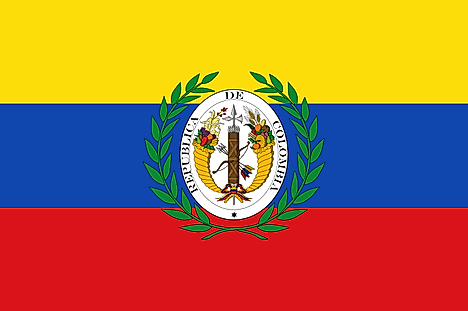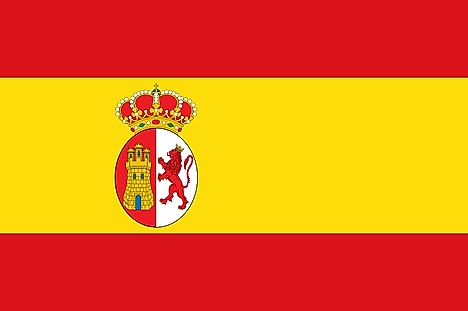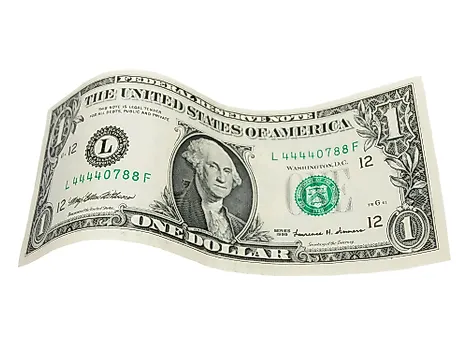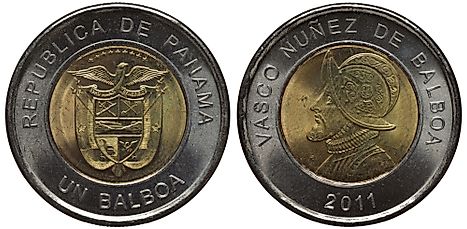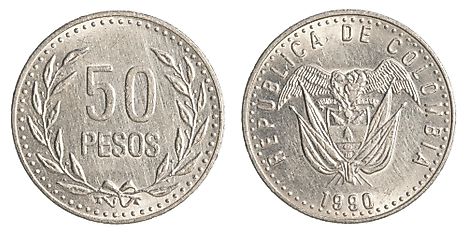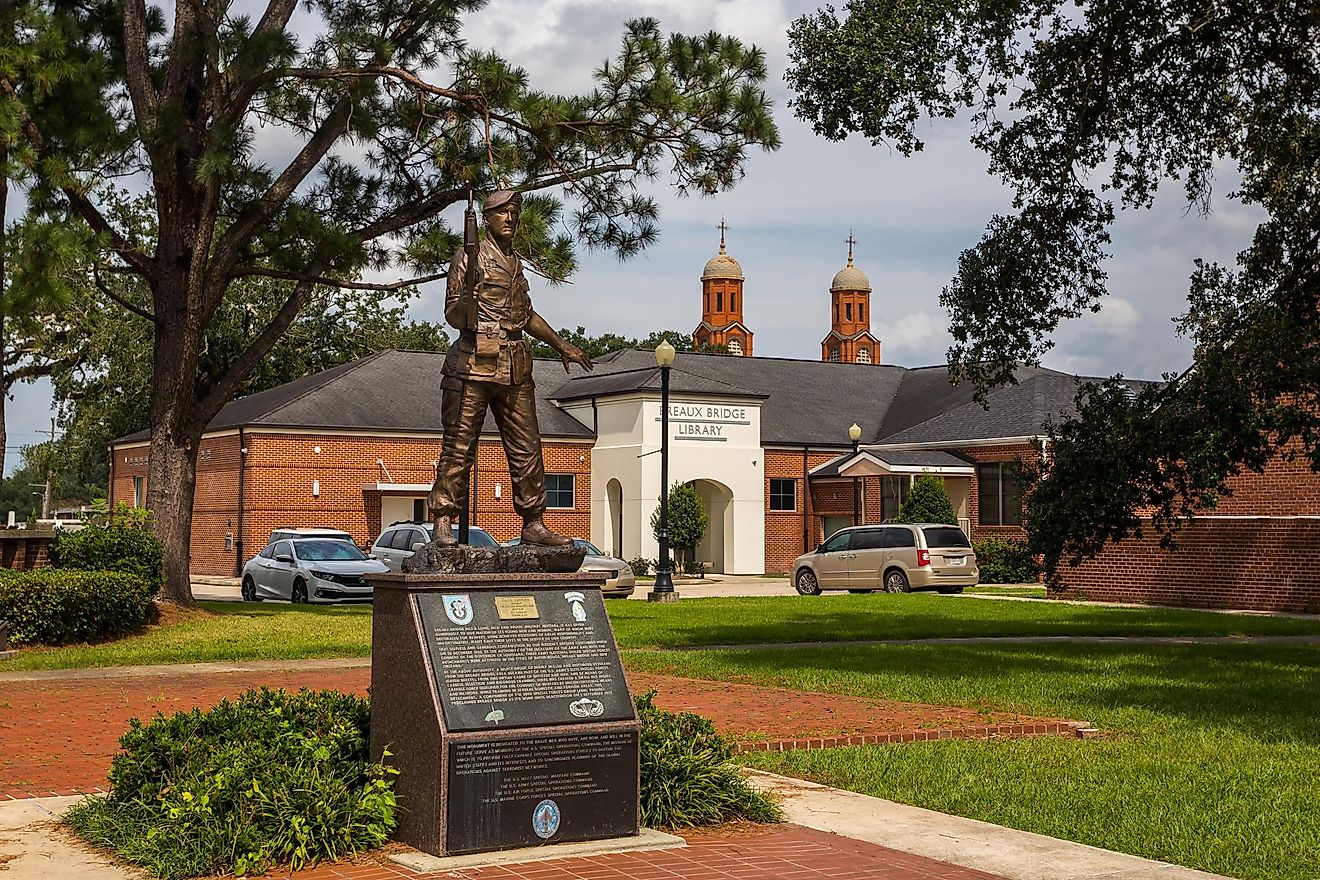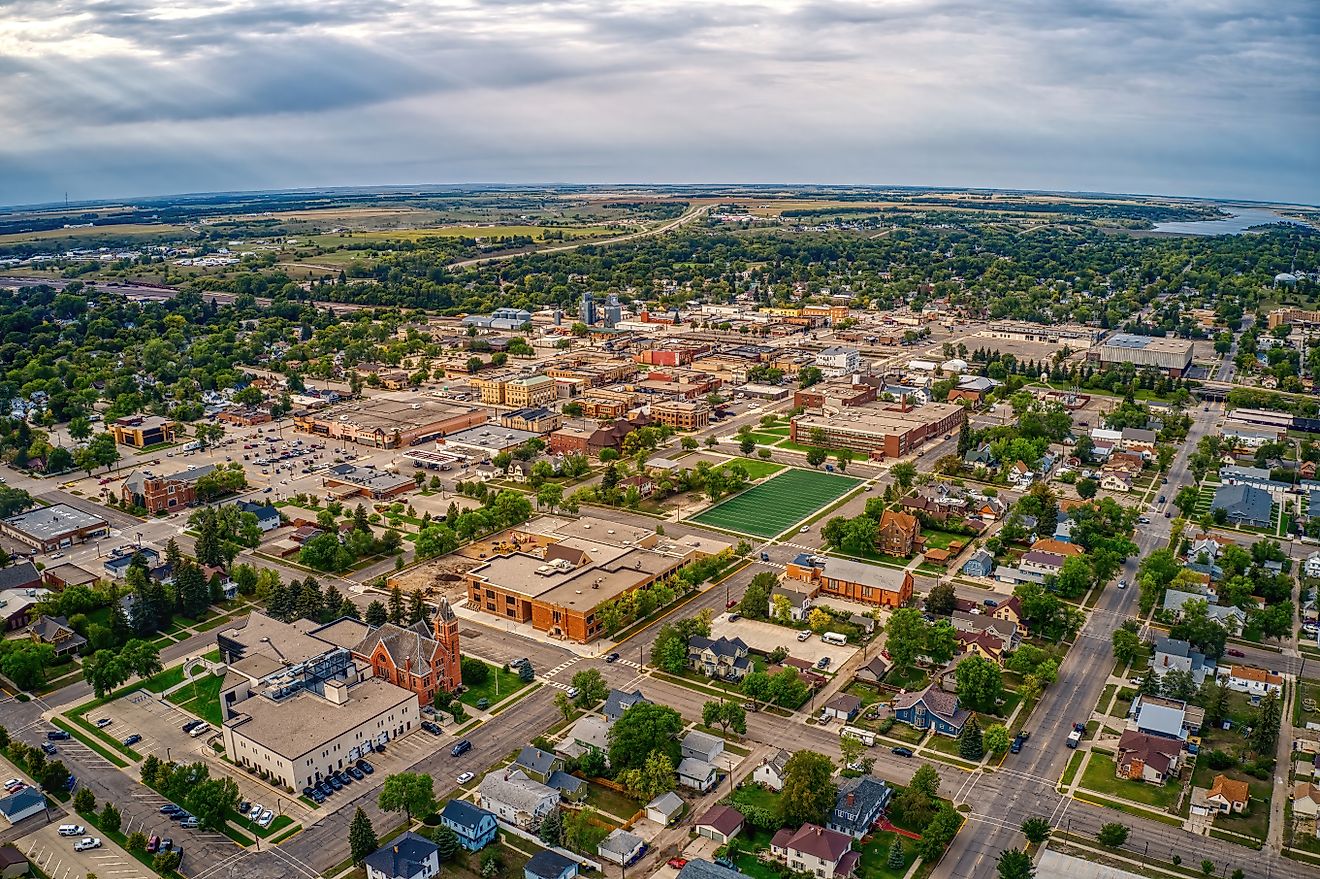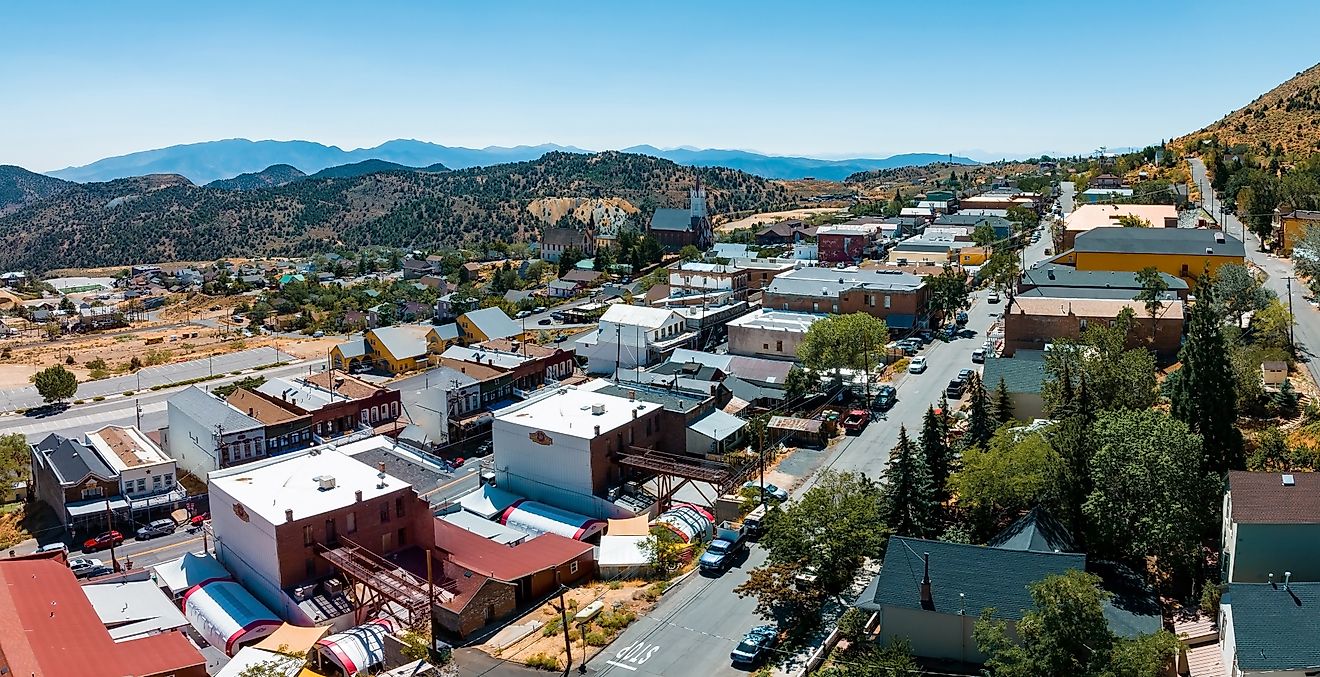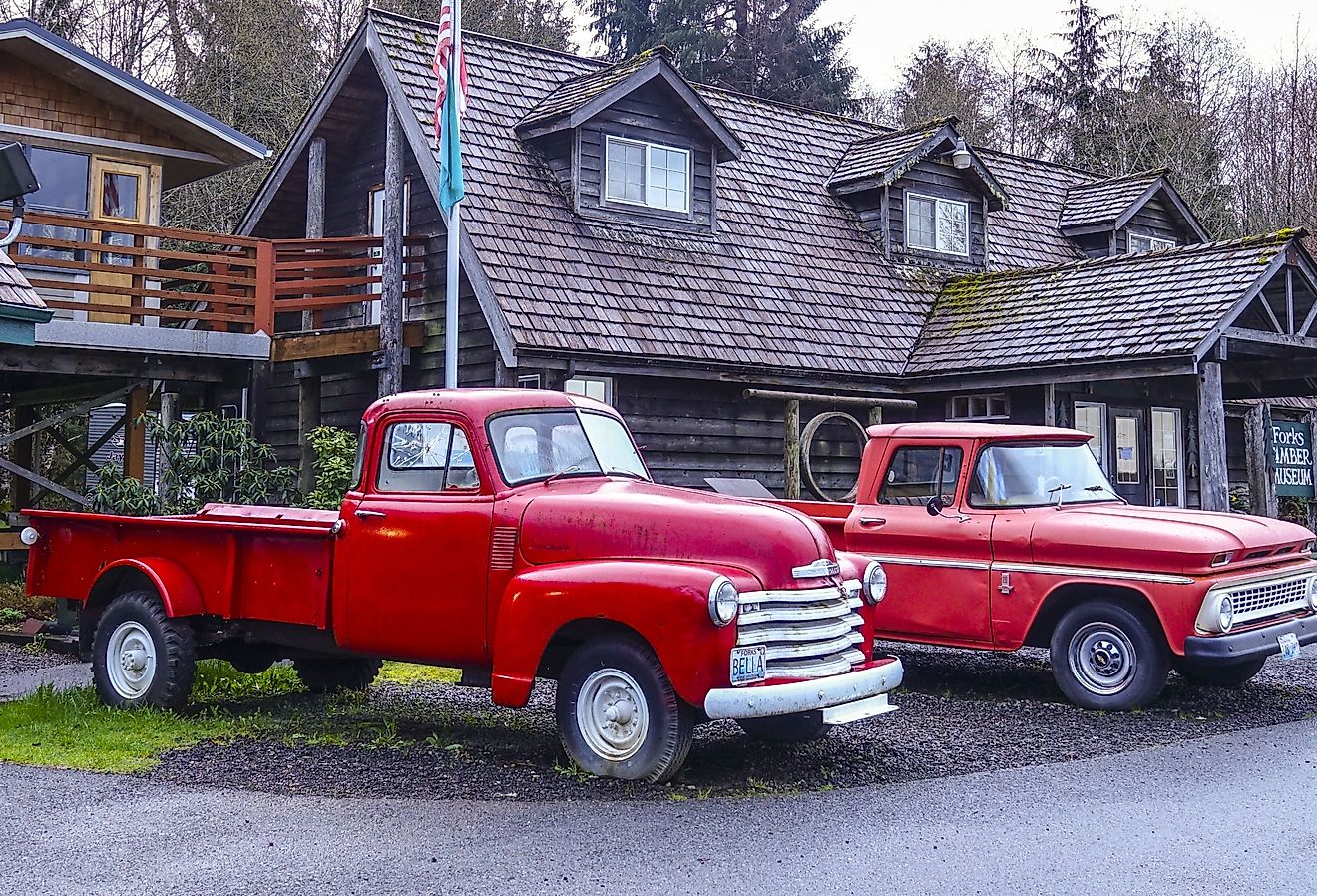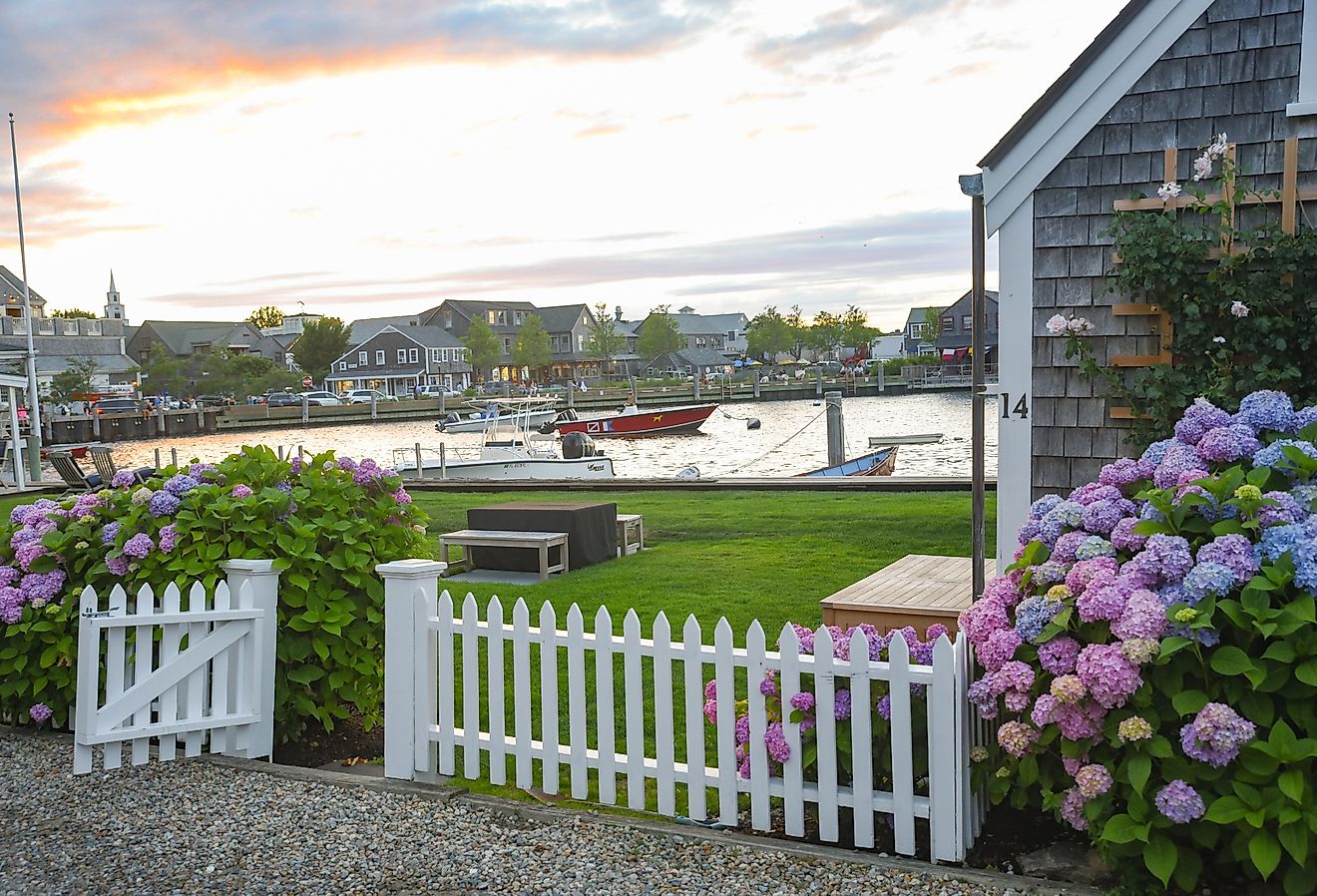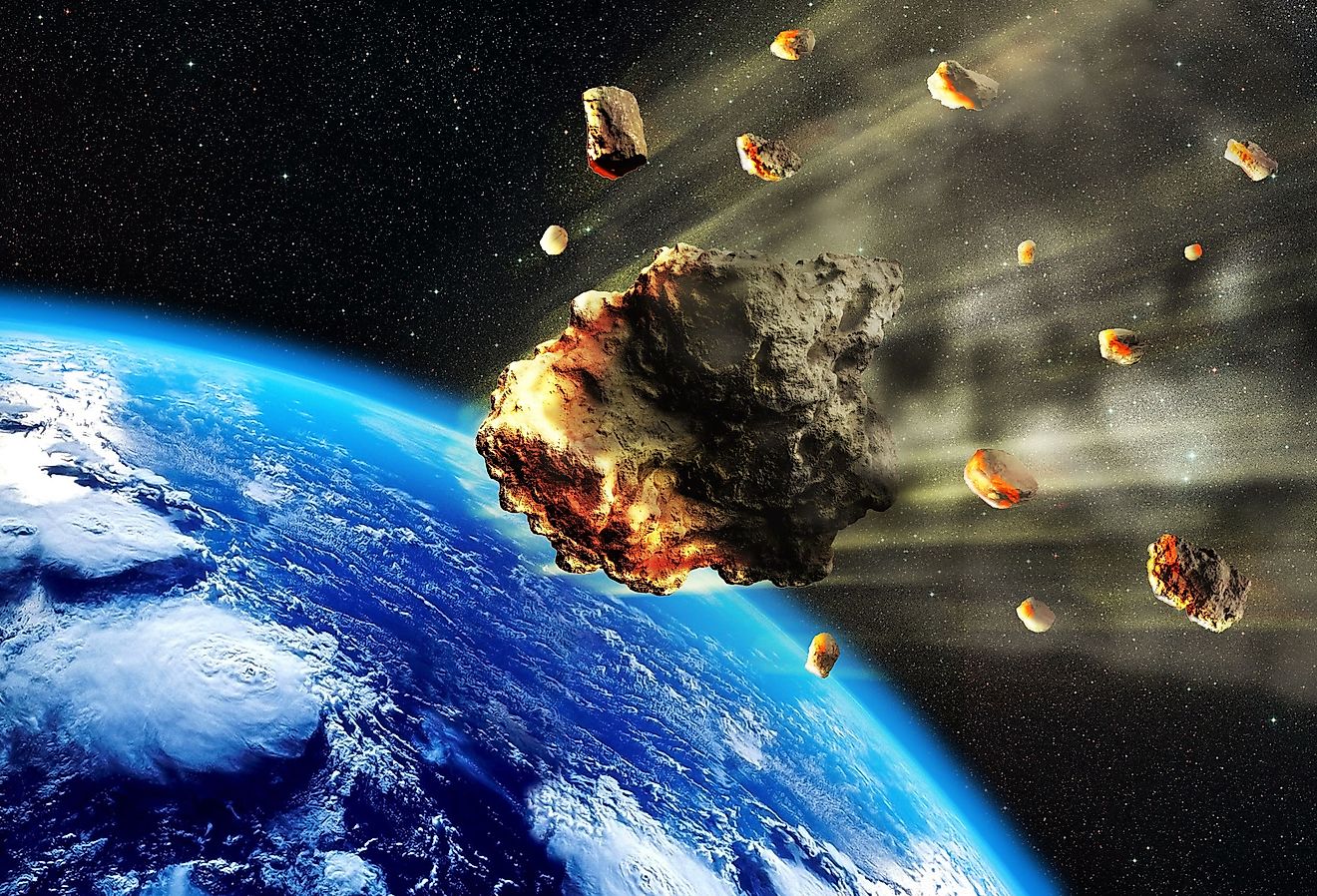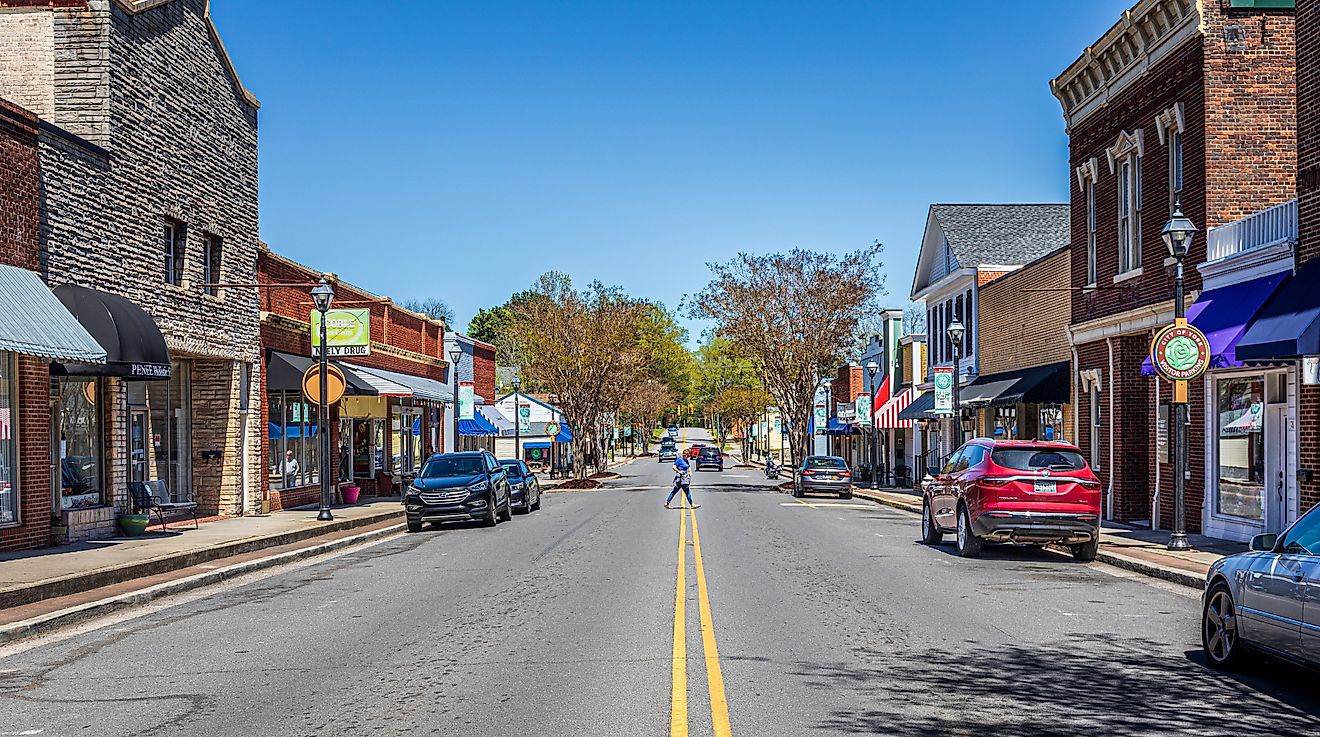Flags, Symbols, & Currencies of Panama
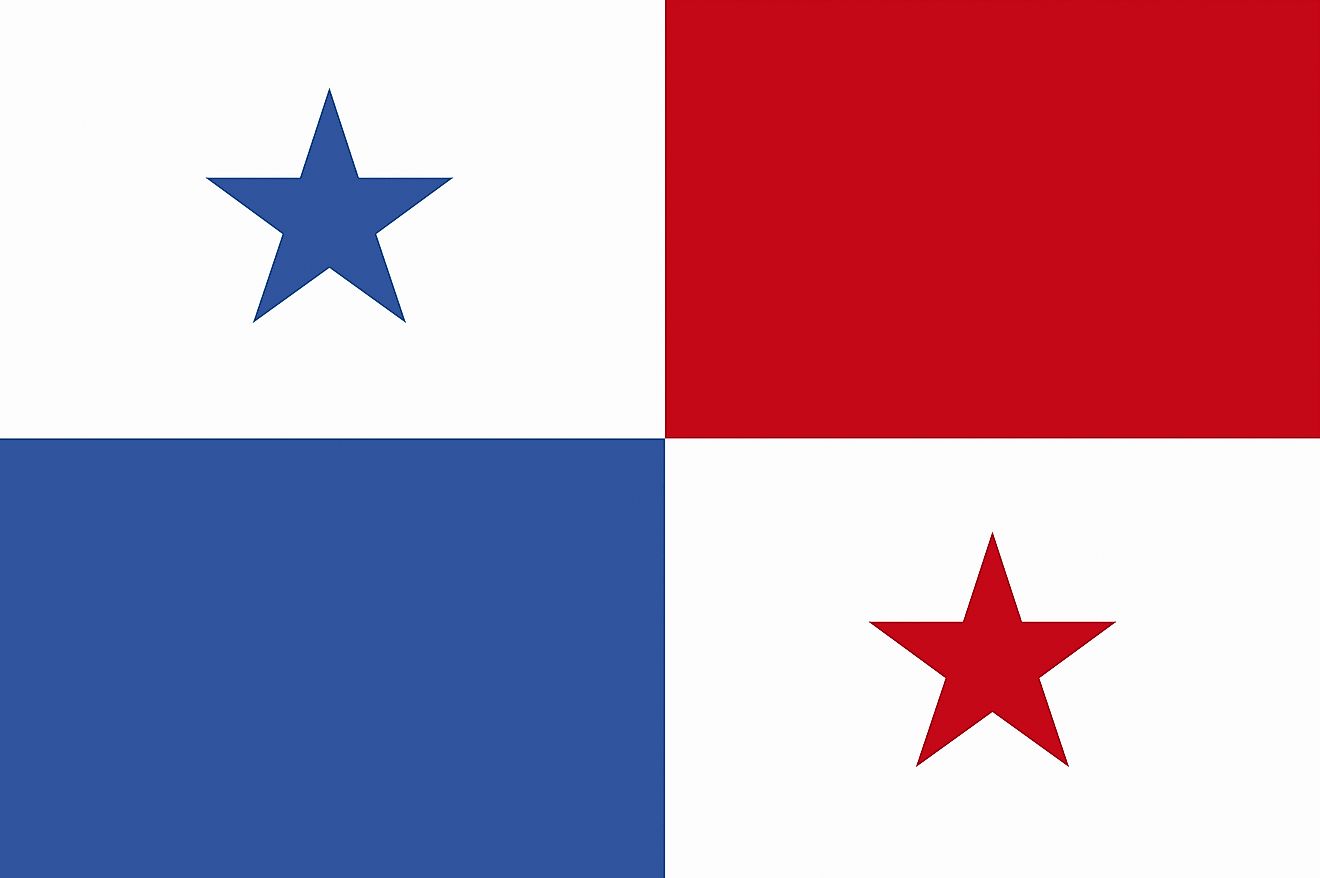
The flag national flag of Panama consists of four equal rectangular sections. The top left and bottom right quadrants are white in color, while the top right quadrant is red and the bottom left quadrant is blue in color. A 5-pointed blue star is located in the upper white and a 5-pointed red star is located in the lower white. The national flag has a height to length proportion of 2:3.
The design, known as the Bandera of Panama in the Spanish language, was officially adopted on March 25, 1925. The current design is based on the original design of Panama's flag, created by María de la Ossa de Amador in 1903. De la Ossa later served as the First Lady of Panama between 1904 and 1908. Today, she is often referred to as the "Mother of the Nation." Flag Day in Panama is celebrated on November 4th, which is the day after Panama declared its independence from Colombia.
Although the design of Panama's flag was created in 1925, its description was not officially recorded until 1949. The red, white, and blue design of the flag has a significant meaning to the people of Panama, as it is claimed to represent the political environment of Panama during the 1920s. During this period, two principal political parties, the Liberals and the Conservatives, had control of politics and the government, and the red color represented Liberal Party, while the blue color represented the Conservative Party. The blue star in the upper left corner symbolizes the honesty experienced throughout Panama, and the red star in the bottom right corner symbolizes the respect for laws and regulation held by the citizens. Finally, the white color is believed to represent purity and peace.
History of the Flag of Panama
Prior to the country's independence, Panama was a colony of Spain until the early 19th century, and then became a department of Colombia. During these two periods in the country's history, Panama was represented by the Spanish flag and the Colombian flag. Panama's first flag of independence was nearly identical to the current flag. The design of the first flag had a blue and red rectangle located at the top of the flag and the bottom half was white. As political parties formed post-independence, blue was chosen to represent the Conservative Party. As a result, the blue color was moved to the bottom left corner.
The first flag design was submitted by Madame Bunau-Varilla. Her design was modeled after the design of the US flag and included the colors of the Spanish and Colombian flags. It had 13 horizontal stripes and a blue rectangle in the top left corner, like the US flag. The stripes, however, were red and yellow in color, like the Colombian and Spanish flags of the time. Madame Bunau-Varilla's design included two yellow suns in the blue field, which were connected by a horizontal yellow bar. The suns represented North and South America, while the connecting bar represented Panama between the two continents. However, given its similarity to the US flag, the design was not accepted.
Symbols of Panama
National Coat of Arms of Panama

The national coat of arms of Panama consists of a shield divided into four quarters and a rectangle. The upper right quarter shows a crossed sword and gun, symbols of the liberation from Spain and Colombia. The agricultural tools in the upper left quarter symbolise the tools used for making the Panama canal. The canal itself is shown in the middle rectangle. The lower right quarter contains a horn of plenty (cornucopia), symbol of the richness of the country. The left quarter shows a winged wheel, symbol of traffic. The eagle above the shield is the American eagle, as the USA was the first to recognise Panama as an independent country. The stars above the eagle represent the nine provinces present since 1946. The shield is supported by two diagonally arranged national flags on both sides hoisted on a sword.
National Anthem
- Anthem Title: “Himno Istemño” (“Isthmus Hymn”)
- Music Composer: Santos A. Jorge
- Lyricist: Jerónimo de la Ossa
- Date of Adoption: 1925
“Himno Istemño” (“Isthmus Hymn”) is the national anthem of Panama. The music of the anthem have been composed by Santos A. Jorge. The lyrics of the anthem have been written by Jerónimo de la Ossa. The anthem was officially adopted in 1925.
“Himno Istemño” (Spanish)
Coro
Alcanzamos por fin la victoria
En el campo feliz de la unión;
Con ardientes fulgores de gloria
¡Se ilumina la nueva nación! (Repeat last 2 lines)
Es preciso cubrir con un velo
Del pasado el calvario y la cruz;
Y que adorne el azul de tu cielo
De concordia la espléndida luz.
El progreso acaricia tus lares.
Al compás de sublime canción,
Ves rugir a tus pies ambos mares
Que dan rumbo a tu noble misión.
(Coro)
En tu suelo cubierto de flores
A los besos del tibio terral,
Terminaron guerreros fragores;
Sólo reina el amor fraternal.
Adelante la pica y la pala,
Al trabajo sin más dilación,
Y seremos así prez y gala
De este mundo feraz de Colón.
(Coro)
“Isthmus Hymn”
Chorus
At last we reached victory
In the joyous field of the union;
With ardent fires of glory
A new nation shines bright. (Repeat last 2 lines.)
It is necessary to cover with a veil
The past times of Calvary and cross;
Let now the blue skies be adorned with
The splendid light of the concord.
Progress caresses your path.
To the rhythm of a sublime song,
You see both your seas roar at your feet
Giving you a path to your noble mission.
(Chorus)
In your soil covered with flowers
To the kisses of the warm terrestrial breeze,
Warrior roars have ceased;
Only fraternal love reigns.
Ahead the shovel and pick,
At work without any more dilation,
and we will be as such at work and gala
of this fruitful world of Columbus.
(Chorus)
The Currency of Panama is the Panamanian Balboa and US Dollar
Panama has two official currencies; Panamanian balboa and the United States dollar. The balboa currency is named in honor of Vasco Núñez de Balboa, Spanish explorer who crossed the Isthmus of Panama to the Pacific Ocean. The balboa currency is represented by the sign Bl while the dollar sign ($) is the sign of the US dollar used in Panama.
Coins
The first balboa silver coins to be issued in Panama came in denominations of 2 1⁄2, 5, 10, 25, and 50 cents. They were small and were popularly referred to as the "Panama pill." Between 1907 and 1931, coins made of copper-nickel were introduced. In 1931, the one-balboa coin made of bronze was introduced. In 1966, the balboa coins were redesigned to match US coins. Modern coins in denominations of 1 and 5 cents, 1⁄10, 1⁄4, and 1⁄2 balboa coins have the same dimension, material composition, and weight as the coins. The most recent coin to be issued is the 1-balboa bi-metallic coin, issued in 2011. In addition to the currency in circulation, other commemorative coins in denominations of 5, 10, 20, 50, 75, 100, 150, 200, and 500 balboa also exist.
Banknotes
In 1941, Panama’s President Arnulfo Arias pushed parliament to pass a bill that would lead to the establishment of the Central Bank of the Republic of Panama. In 1941, the central bank was established, and its main role was to issue banknotes. The bank’s target was to issue 6 million in balboa notes but only managed to circulate 2.7 million as of October 1941. A week later, the president was replaced by Ricardo Adolfo de la Guardia Arango in a coup supported by the United States. The central bank was closed, and issued notes were recalled from circulation and incinerated. Today, Panama has no note banknotes of its own. Instead, all banknotes are in US dollars. The notes are in denominations of $1, $5, $10, $20, $50, $100.
Historical Currencies of Panama
The balboa is named after Vasco Núñez de Balboa, a Spanish explorer who discovered the island in the early 16th century. Before 1904, the Colombian peso was used in Panama until it was replaced by the balboa after Panama's independence. The balboa is divided into 100 cents and has been pegged to the US dollar since 1904. There is no central bank to control the flow of cash or to bailout banks during financial problems. The banks operate on an average capital adequacy ratio of 15.6%, which is twice the minimum acceptable ratio to cushion themselves from sinking. The US dollar is the most commonly used currency in day to day transactions, and therefore the economy has become dollarized. For a long time, Panama was considered a tax haven for international organizations, drug traffickers, and money launderers but after the 2007-2008 financial crisis, it has stepped up its effort in fighting these crimes. The country has signed a treaty with the US and OECD countries to share financial information.
